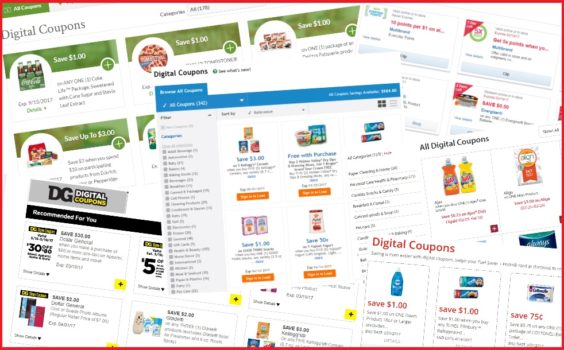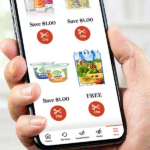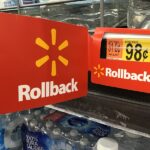
Aside from their convenience, there’s a lot not to like about digital coupons – most can only be used once on a single item, most don’t double, and there are times they just don’t seem to work the way they’re supposed to.
So digital coupons can seem lacking when compared to paper. But not in one key regard. A new study says digital coupon offers are far better.
Kantar Media recently took a close look at all forms of coupons distributed last year. In past years, Kantar has released a report early in the new year, focusing on newspaper insert coupons. This year, they waited a bit longer and produced a more comprehensive look at all forms of coupons last year.
What they found was that paper coupons still dominate, but digital coupons provide more bang for the buck. When considering factors like face values, expiration dates and product categories, digital coupons are becoming just as – or more – attractive than paper coupons, nearly across the board.
First, consider the value of the coupons themselves. For the first time, the average face value of digital coupons ($1.85) was on par with that of paper coupons ($1.86), putting digital values on course to possibly surpass paper values in the year ahead. Paper coupon values rose at a rate of only 3% over the previous year, while digital coupon values rose 10%.
And higher paper coupon face values were largely driven by increases in less-popular nonfood offers, with an average value of $2.15. The value of paper food coupons – which most shoppers prefer – remained flat, with an average face value of just $1.20. On the digital side, food face values soared to an average of $1.48, up significantly from $1.16 the previous year.
So if you’re looking to save money on more than just vitamins, toothpaste and soap, digital may be the way to go. Overall, only 30% of paper coupons last year were for food products, Kantar found, while a majority of digital coupons – 54% – were for edibles.
Digital coupons are also a great way to save on new products. 83% of all newly-introduced products that offered coupons last year, provided digital coupons before printing paper coupons. So if you wanted to try a brand-new product at a reduced price, you’d be waiting a while if you were counting on a coupon in the Sunday newspaper.
One area in which paper coupons still have an edge over digital, is expiration dates. Paper coupons were valid for an average of 6 weeks, while digital coupons were good for just 4.4 weeks. That’s not surprising, since you’re less likely to hang onto a digital coupon for as long as you might a paper coupon. But it also means you need to act faster when you see a good digital coupon, and you won’t always be able to wait for a sale before it expires.
Of course, the obvious area where paper coupons still reign supreme, is in their availability. More than 280 billion paper coupons worth $521 billion were distributed last year. But Kantar counted just 5.6 billion digital coupons, with a total value of about $10 billion.
So digital has a long way to go before it dominates. But at least digital offers are getting much more attractive in the meantime. And some retailers are working on some of the other sticking points, by introducing digital coupons that can be used more than once, and digital coupons that double.
Now if only they would always apply at the checkout when they’re supposed to. With better offers available, and face values on the rise, digital coupons that actually work might be just what it takes to turn digital skeptics into converts.










